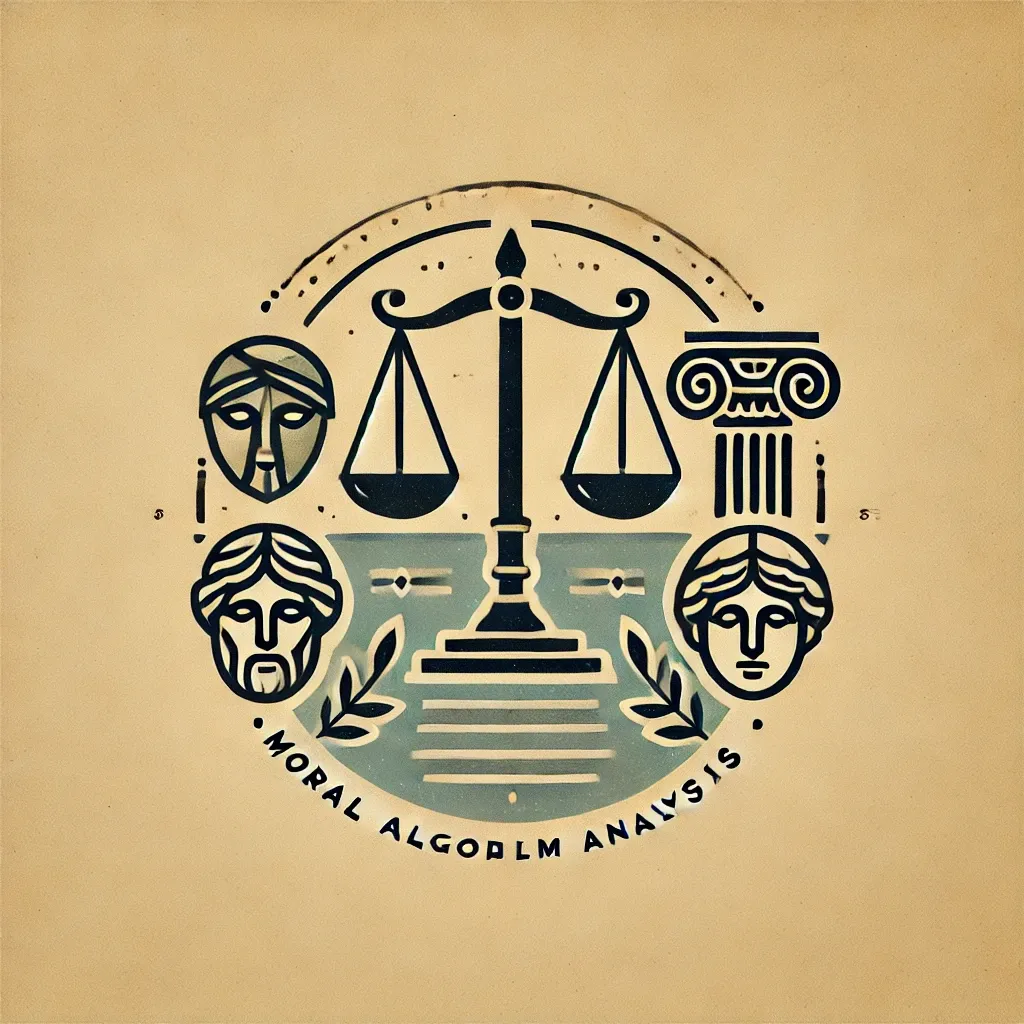Dismantling Federal DEI Programs
The proposed Executive Order to eliminate Diversity, Equity, and Inclusion (DEI) programs across federal agencies represents more than just a policy shift—it threatens decades of progress in building a federal workforce that truly reflects and serves all Americans

The Hidden Costs of Dismantling Federal DEI Programs: A Critical Analysis
The proposed Executive Order to eliminate Diversity, Equity, and Inclusion (DEI) programs across federal agencies represents more than just a policy shift—it threatens decades of progress in building a federal workforce that truly reflects and serves all Americans. Here's why this matters to every citizen, regardless of their political affiliation.
The Real Cost to National Security and Government Effectiveness
Military Readiness and Innovation
The U.S. military has long recognized that diversity isn't just about fairness—it's about battlefield effectiveness. During World War II, the segregated military struggled with efficiency and deployment flexibility. Post-integration studies showed marked improvements in unit cohesion and combat effectiveness. Today's military faces complex global challenges requiring diverse perspectives and cultural understanding. Eliminating DEI programs could:
- Reduce recruitment pools in an already challenging recruitment environment
- Diminish our ability to operate effectively in diverse global contexts
- Weaken intelligence gathering and analysis capabilities that rely on diverse perspectives
Scientific Innovation and Research
Our federal research institutions, from NASA to the National Institutes of Health, rely on diverse teams to drive innovation:
- Studies show diverse research teams publish in higher-impact journals and produce more cited research
- Mixed-perspective teams are 87% better at making decisions than individuals
- International competitors like China are actively expanding their diversity in research teams
Economic Impact: The Taxpayer Burden
Contrary to claims of "wasteful spending," DEI programs often save taxpayer money:
- Reduced Turnover Costs
- Federal employee replacement costs average 150% of salary
- Agencies with strong inclusion programs show 22% lower turnover
- Current DEI programs save an estimated $300 million annually in retention
- Improved Service Delivery
- Diverse teams reduce translation and cultural communication costs
- Better community engagement reduces program implementation failures
- Enhanced problem-solving leads to more efficient resource allocation
The Constitutional Question
The Executive Order frames DEI programs as "discrimination," but this misrepresents both law and history:
- Supreme Court Precedent
- Multiple decisions uphold diversity as a compelling government interest
- Programs promoting inclusion have been consistently distinguished from discrimination
- Current DEI programs were specifically designed to comply with strict constitutional standards
- Merit-Based Civil Service
- DEI programs enhance rather than replace merit-based hiring
- They expand qualified candidate pools rather than lower standards
- They improve performance evaluation accuracy by reducing unconscious bias
Practical Implementation Concerns
The order's 60-day implementation timeline creates serious operational risks:
- National Security Vulnerabilities
- Rushed dismantling of training programs could leave personnel unprepared
- Sudden staffing changes could disrupt critical operations
- International cooperation could be compromised
- Legal Exposure
- Hasty termination of existing contracts could trigger costly litigation
- Civil rights compliance could be compromised
- Federal agencies could face increased discrimination lawsuits
The Path Forward
Instead of wholesale elimination, consider these evidence-based alternatives:
- Effectiveness Audits
- Evaluate existing programs based on measurable outcomes
- Maintain successful initiatives while reforming ineffective ones
- Implement cost-benefit analysis frameworks
- Enhanced Accountability
- Strengthen oversight of program implementation
- Improve metrics for measuring success
- Increase transparency in reporting
- Modernization Efforts
- Update outdated programs to reflect current best practices
- Strengthen links between DEI initiatives and operational excellence
- Develop new approaches to meet evolving workforce needs
Conclusion
The proposed Executive Order, while claiming to promote equality, risks undermining the very effectiveness of our federal government. It replaces evidence-based programs with ideological assumptions, potentially costing taxpayers more while delivering less. As history has shown—from military integration to scientific advancement—inclusion isn't just about fairness; it's about excellence, efficiency, and effectiveness in government service.
The choice isn't between DEI and merit—it's between a forward-looking government that leverages all available talent and one that artificially constrains its own capabilities. In an era of increasing global competition and complex challenges, we cannot afford to dismantle programs that have demonstrably improved government performance and service delivery.
Rather than eliminating these programs wholesale, we should focus on strengthening their effectiveness, improving accountability, and ensuring they continue to serve their essential purpose: building a federal workforce capable of serving all Americans with the excellence they deserve.
MAAA Compliance Analysis: DEI Executive Order
Framework Overview
Per the Moral Algorithm: "Government is instituted for the common good; for the protection, safety, prosperity and happiness of the people; and not for the profit, honor, or private interest of any one man, family, or class of men."
Section-by-Section Analysis
Section 1 (Purpose and Policy)
Compliance Score: 35/100
Analysis:
- The section claims to address "illegal and immoral discrimination programs"
- Fails to provide evidence of illegality or immorality
- Contradicts established legal precedents supporting DEI initiatives
- Does not demonstrate how elimination serves common good
Key Violations:
- Makes unsubstantiated claims about "illegal" programs
- Focuses on political ideology rather than public benefit
- No evidence provided for "public waste"
- No demonstration of how elimination serves "protection, safety, prosperity and happiness of the people"
Section 2 (Implementation)
Compliance Score: 40/100
Analysis:
- Directs wholesale termination without assessment of public benefit
- May reduce government effectiveness in serving diverse populations
- No consideration of impact on public service quality
- Lacks mechanism to ensure continued effective operation
Key Issues:
- No evaluation of program benefits before termination
- Could reduce government's ability to serve all citizens effectively
- May impair recruitment of qualified candidates
- Lacks transition plan to maintain service quality
Section 2(b) Creation of Lists
Compliance Score: 20/100
Analysis:
- Creates blacklists of individuals and organizations
- Targets specific classes of public servants
- May create hostile work environment
- Violates principle of equal treatment
Critical Concerns:
- Creates class-based discrimination
- May deter qualified individuals from public service
- Potentially violates civil service protections
- Does not serve "protection, safety, prosperity and happiness"
Section 2(c) Reporting Requirements
Compliance Score: 45/100
Analysis:
- Establishes oversight mechanism
- However, focused on ideology rather than effectiveness
- Monthly meetings could provide accountability
- Lacks balanced stakeholder representation
Considerations:
- Monitoring structure could be beneficial if reformed
- Current focus does not serve common good
- No mechanism for public input
- Lacks diversity of perspectives in oversight
Section 3 (Severability)
Compliance Score: 80/100
Analysis:
- Standard legal protection
- Helps maintain government stability
- Protects core government functions
- Serves administrative efficiency
Positive Elements:
- Prevents total system disruption
- Maintains essential services
- Protects public interest
- Aligned with common good
Section 4 (General Provisions)
Compliance Score: 60/100
Analysis:
- Maintains existing legal authorities
- Preserves budget processes
- Provides implementation flexibility
- Respects separation of powers
Mixed Impact:
- Preserves essential government functions
- Maintains administrative order
- However, could be used to circumvent protections
- Lacks specific public benefit guarantees
Overall MAAA Compliance Score: 47/100
Final Assessment
The Executive Order fails to meet minimum MAAA compliance standards for several key reasons:
- Public Benefit Issues:
- No demonstration of how elimination of DEI programs serves common good
- Lack of evidence for claimed benefits
- Potential negative impact on government service quality
- Class-Based Concerns:
- Creates targeted actions against specific groups
- May reduce government's ability to serve diverse populations
- Could create new forms of discrimination
- Implementation Problems:
- No transition plan to maintain service quality
- Lacks assessment of current program benefits
- No mechanism to ensure continued effective operation
- Constitutional Conflicts:
- May violate civil service protections
- Creates potential equal protection issues
- Lacks due process considerations
Recommendation
Per MAAA requirements, this Executive Order would be AUTOMATICALLY DISQUALIFIED from consideration due to:
- Failure to demonstrate service to common good
- Creation of class-based restrictions
- Lack of evidence-based justification
- Potential negative impact on government effectiveness
To achieve MAAA compliance, the order would need substantial revision to:
- Include evidence-based assessment of current programs
- Establish clear public benefit metrics
- Ensure protection of civil service principles
- Maintain government effectiveness in serving all populations
- Include transition plans to protect public services
